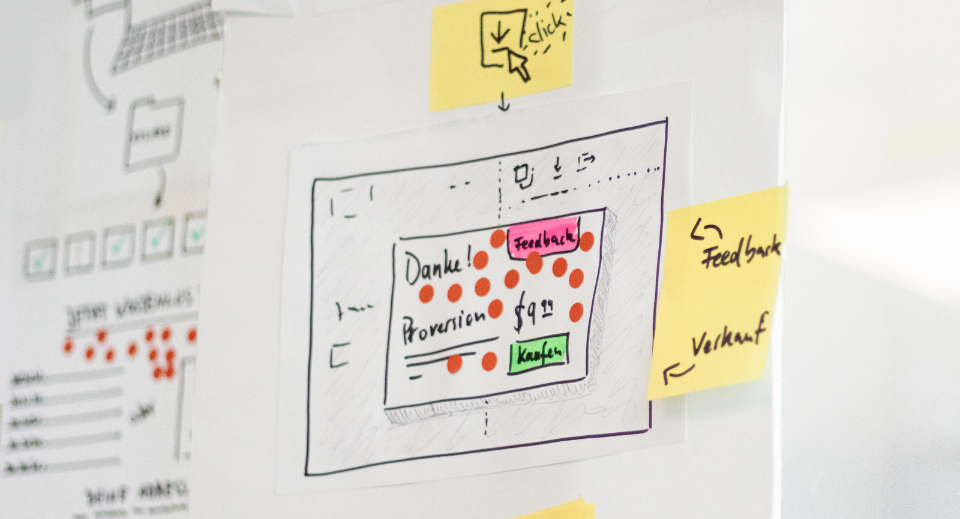Product development is a fascinating journey, an adventure in which I have accompanied entrepreneurs, intrapreneurs, and companies in creating innovative products, from mere ideas to market-ready products. It’s a complex process that demands both adaptability and creativity and in which teams give themselves permission to experiment and even to experience failure.
In this article, we will explore the basics of product development while emphasizing the importance of an agile mindset and an experimental approach, as well as the use of methodologies like agility and the Lean Startup to succeed in this exciting field.
The Stages of Product Development
Product development begins with ideation, a crucial phase where ideas are generated. This can result from market research, customer needs, or simply the creativity of the team. Having had the opportunity to support entrepreneurs and companies, I’ve seen how critical this phase is for laying strong foundations for a product.
Once ideas are on the table, it’s time to rigorously evaluate them. Not all ideas are viable, and it’s essential to filter them based on criteria such as technical feasibility, potential profitability, market fit, and regulatory compliance.
Preliminary design naturally follows, where the product’s vision takes shape. Features, functionalities, and the overall product architecture are defined. I’ve witnessed that this phase is crucial for aligning the team around a common vision.
The development itself is where the product starts to take shape, with engineers, designers, and technical specialists working hand in hand to build a prototype or a working model.
The testing and iteration phase is unavoidable. Prototypes undergo rigorous testing to ensure they meet specifications and quality standards. Adaptation and improvement are the key focus at this stage.
After the development phase, production planning comes in, involving considerations for suppliers, supply chains, and factory preparation. This phase is vital to ensure a smooth transition to large-scale production.
Market launch is an exciting moment when the product is introduced to customers. This can involve marketing campaigns, distribution strategies, and promotional activities.
Monitoring and continuous improvement are essential once the product is on the market. Customer feedback is invaluable for identifying potential areas for improvement.
Finally, the end of the product’s life cycle inevitably arrives, when the product may be discontinued or replaced by an updated version.
The Agile and Experimental Approach
Experience has taught me that product development demands an agile and experimental approach. Teams must give themselves permission to fail because it’s often through mistakes that the most valuable lessons are learned. Applying methodologies like agility and the Lean Startup is highly recommended. These approaches promote rapid iteration and responsiveness to market changes.
Getting an MVP (Minimum Viable Product) as early as possible to test ideas and validate both technical feasibility and business viability is a wise move. This helps minimize risks and adjust the development direction based on concrete user feedback.
To document their approach, many product owners use tools such as the Business Model Canvas and the Lean Canvas. These tools help visualize and clarify the product’s strategy and business model.
No Fear, Just Action
In conclusion, while product development may seem complex, it is entirely achievable by following an iterative approach and focusing on the fundamentals of the business model. The key lies in a combination of ingenuity, flexibility, and a propensity for experimentation. So, do not be afraid to dive into the world of product development because every step of the journey offers opportunities for learning and innovation. Bon voyage into the exciting world of product development!

